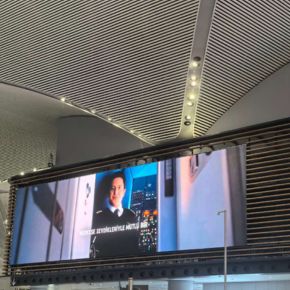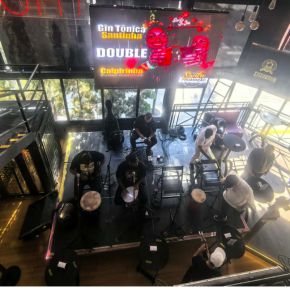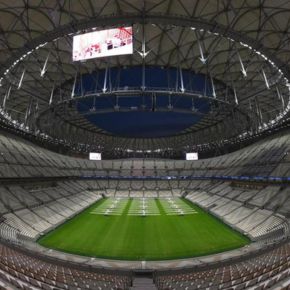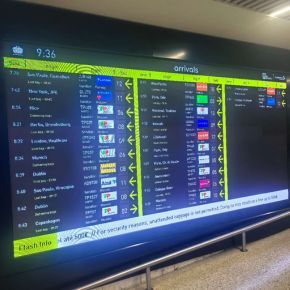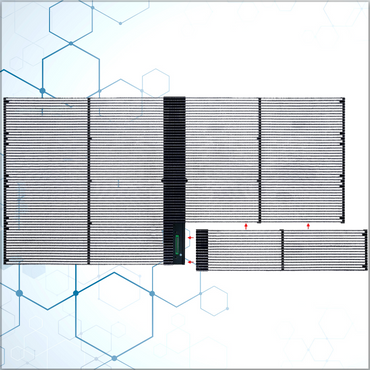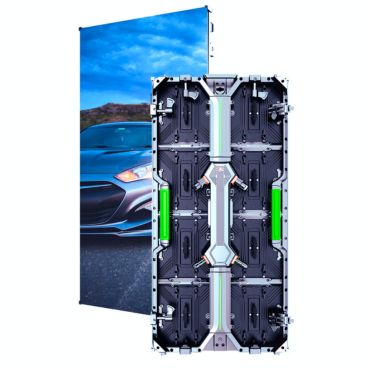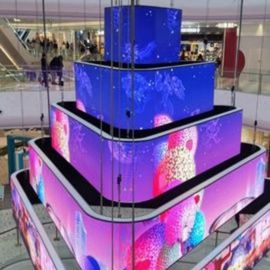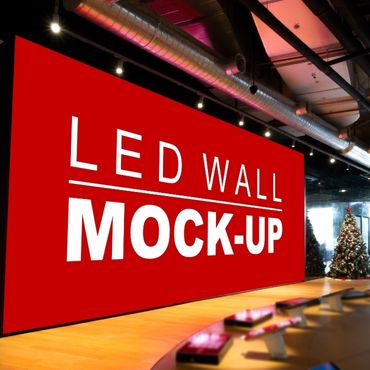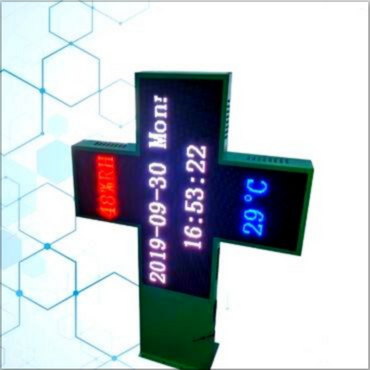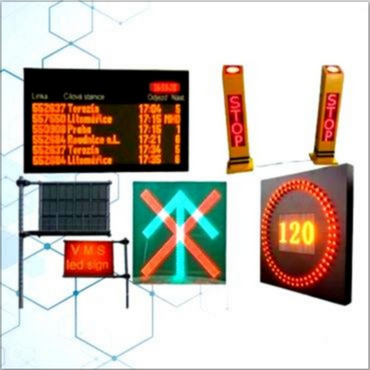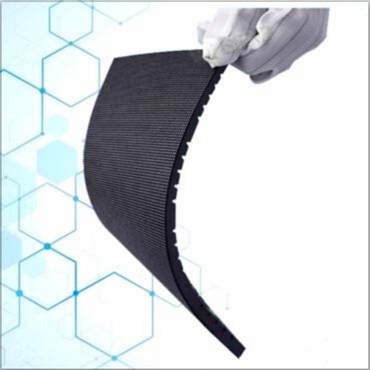拓普的核心竞争力
-
规模化生产,强大的供应链:
-
“年产200万块模块”:这不仅仅是一个数字,它代表着强大的制造能力、稳定的原材料采购供应链、高效的组织管理。规模化生产在保证品质的同时,有效降低成本,确保市场竞争力。
-
深圳、江西双生产基地:合理的产业布局(深圳可能专注于户外LED显示屏和模块的研发、高端定制和生产),而江西强调规模化生产。有助于优化成本结构并提高效率。
-
-
多样化的产品线和稳定的供应:
-
覆盖 全系列主流室内机型 从高密度P1.25到常规P4,可以满足绝大多数客户的需求。
-
“随时下单,立即发货”:这体现了庞大的标准库存和高效的物流体系,解决了客户在项目时间紧迫方面的痛点,并展示了强大的交付能力。
-
-
严格的质量控制体系:
这是对市场“偷工减料”行为最有力的回应。TOP SHINE明确强调了三项关键测试:-
老化测试:模拟长期运行,提前筛选出早期故障组件(例如有缺陷的 LED 灯或电源)。这是确保 长期稳定 和 低故障率.
-
振动测试:模拟运输和安装过程中的冲击,以保证产品的 结构完整性、焊接质量和抗冲击性,确保产品完好无损地到达客户手中。
-
装运前性能和外观检验:最后的检查点,确保每件产品在出厂前都符合标准。
-
龙头企业与劣质厂商的根本区别
| 特征 | 龙头企业(如TOP SHINE) | 不合格制造商 |
|---|---|---|
| 核心组件 | 使用品牌 LED 芯片、驱动 IC 和电源 | 使用无品牌、散落或有缺陷的组件 |
| 材料与工艺 | 标准铜线布线,优质PCB板,合规结构设计 | 非标布线、铝布线、劣质板 |
| 质量控制 | 老化测试、振动测试等完整流程。 | 不进行测试或测试过程仅供展示 |
| 生产目标 | 追求长期可靠性和品牌声誉 | 优先考虑短期利润、一次性交易 |
| 售后服务 | 完善的保修和售后体系 | 几乎没有售后服务,或逃避责任 |
买家洞察
拓普阳光的例子为市场树立了积极的标杆。它表明,价格降低并不一定意味着质量下降。优秀的企业可以通过技术创新、规模经济和精益管理来实现“低成本高质量”。
对于买家来说,在选择供应商时,应该寻找像Top Shine这样透明公开其生产能力和质量检验流程的制造商。能够清晰阐明其生产能力和测试标准的制造商通常更值得信赖。
室内LED显示屏产品:
购买室内LED显示屏:选择Top Shine
一系列 支持250*250mm LED模组,仅需前面板维护,兼容所有A型箱体(1000mm、750mm和500mm)。可实现p1.5、p1.9、P2.6、P2.976、P3.91 LED显示屏
B系列 支持320*160mm LED模组,仅需前面板维修。兼容所有B型箱体(640mm、480mm和320mm)。可安装P0.9、P1.25、P2、P2.5、P3、P4 LED显示屏。
A、B系列支持HUB75及软硬连接的HUB板。
C系列 支持320*160mm LED模块。
D 系列 支持250*250mm LED模块。
C 和 D 系列可前后维修
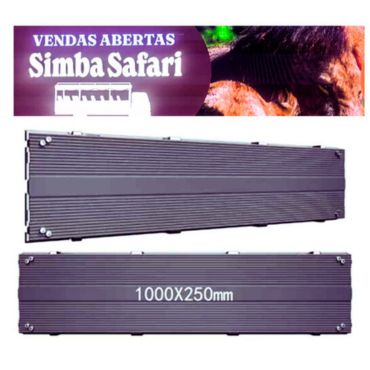
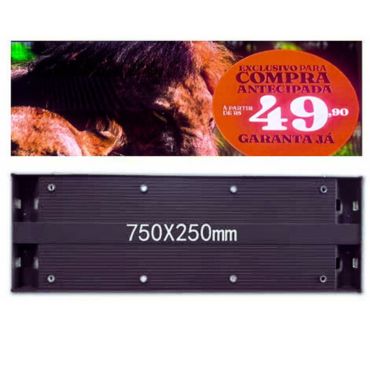


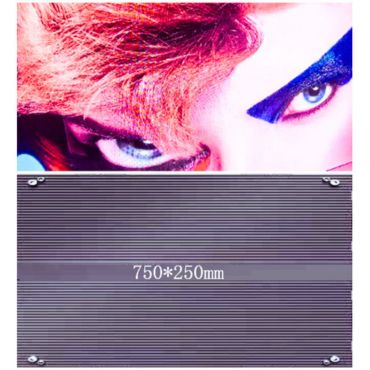
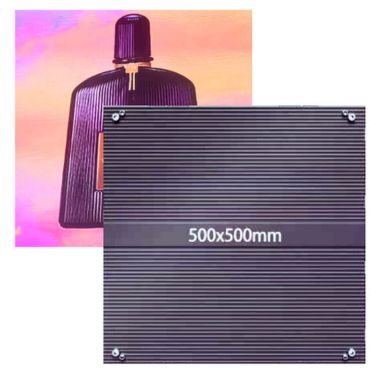
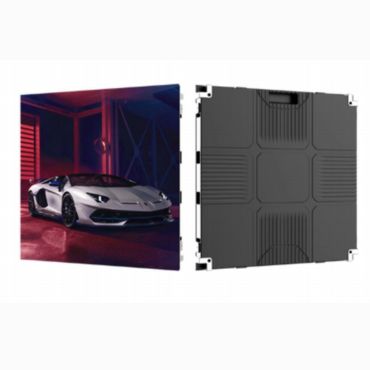
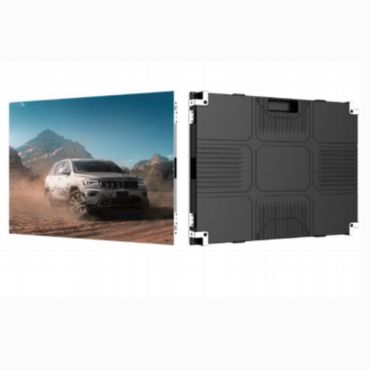

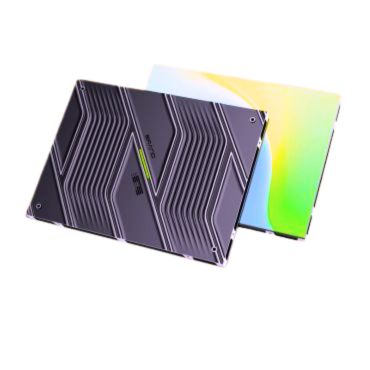
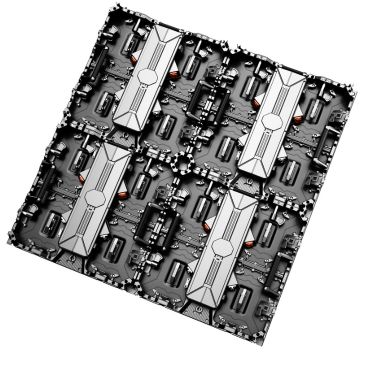
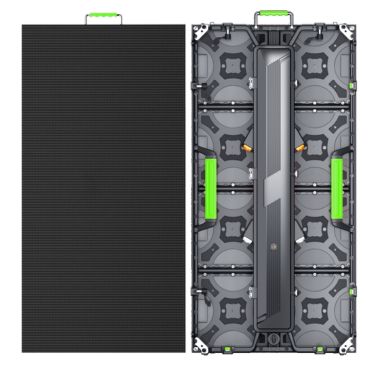
定制金属板柜
钣金外壳可根据现场需求定制形状、尺寸、厚度及特殊要求,优点是灵活性强,成本低于压铸铝外壳。缺点是全手工组装焊接,精度略逊于压铸铝外壳,重量也比压铸铝外壳重。如果压铸铝外壳能够满足尺寸形状要求,建议选择压铸铝外壳的LED显示屏。只有当压铸铝无法满足现场安装尺寸形状要求时,才应选择钣金铁外壳来制造室内LED显示屏。
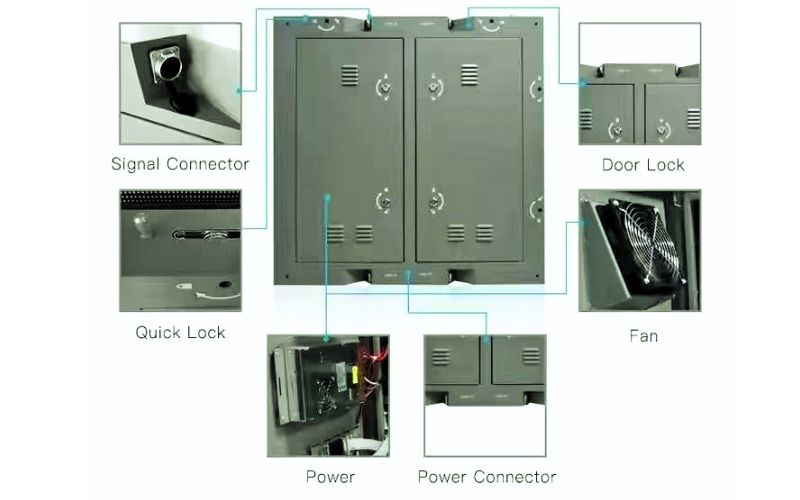
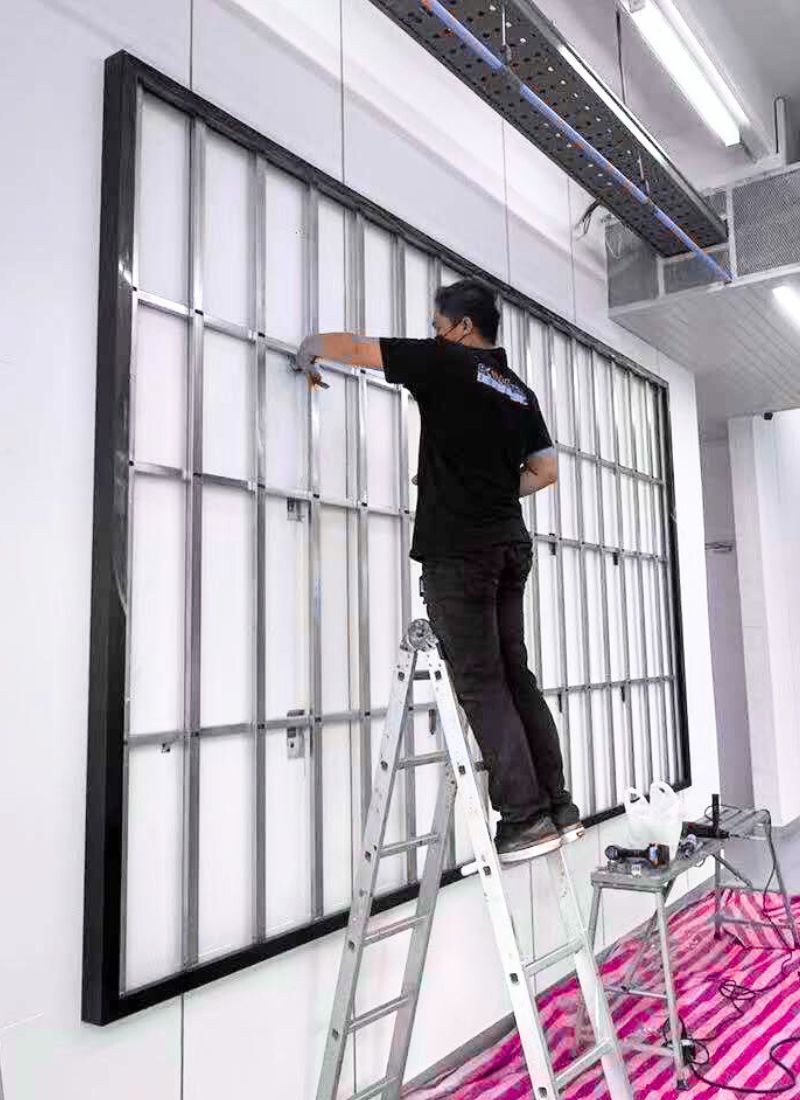
铝挤压和方管框架结构
无需LED灯箱,只需先搭建框架,外框采用铝型材,内部采用方管作为支撑肋条。之后,LED模组、电源和接收卡将通过磁铁或螺丝直接安装到这个支撑肋条上。
优势
极轻: 通过消除沉重的橱柜面板和大部分金属板,整体重量显著减轻,降低了对墙体承重能力的要求。
加工成本低: 结构简单,制造步骤较少。
运输成本低: 铝型材、方管、模块可分开运输,现场组装,大大节省物流空间和费用。
易于维护: LED灯模块 通常是磁性连接的,允许直接从前面拆卸、更换或修理,而无需从后面进入。
设计灵活性: 铝型材和方管易于切割,可灵活定制各种尺寸,适应不同的安装空间。
缺点
具有挑战性的平整度控制: 这是最显著的缺点。屏幕整体的平整度完全取决于安装人员的技能以及肋条结构的调平精度。压铸铝箱体很难达到高精度模具所保证的固有平整度,经常会出现轻微的波纹。
尺寸限制: 其结构强度和稳定性有限,不适用于大面积屏幕。通常用于30平方米以下的项目。较大的屏幕可能会因重量支撑和结构刚度不足而下垂或摇晃。
主要应用: 该解决方案主要用于会议室、零售店、酒店等场所的中小型壁挂安装。
室内LED显示屏应用
相关产品
购买和安装室内LED显示屏时需要考虑哪些重要因素?
首先,您需要确定是购买整套室内LED显示屏还是单个组件。对于没有室内LED显示屏安装经验的用户,建议购买整套箱体式LED显示屏,因为安装过程相对简单。如果购买单个LED组件,风险相对较高,尤其是室内LED显示屏模组。由于LED灯珠像素密度高、体积小,容易出现脱落或坏点。此外,对于没有安装LED模组经验的用户来说,模组之间缝隙的对齐可能比较困难,需要花费更多时间来调整接缝并确保相邻模组之间的平整度。
安装过程中,务必小心处理组件,保护LED,避免不当堆叠或挤压,以免损坏模块。连接电源后,建议使用万用表检查接线错误(如有可能),以防止造成不可逆的损坏。如果没有万用表,建议仔细检查连接情况,并分段启动系统,以确保安全。



